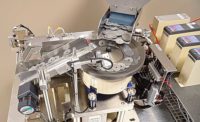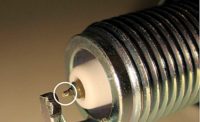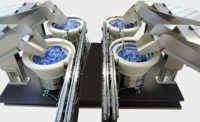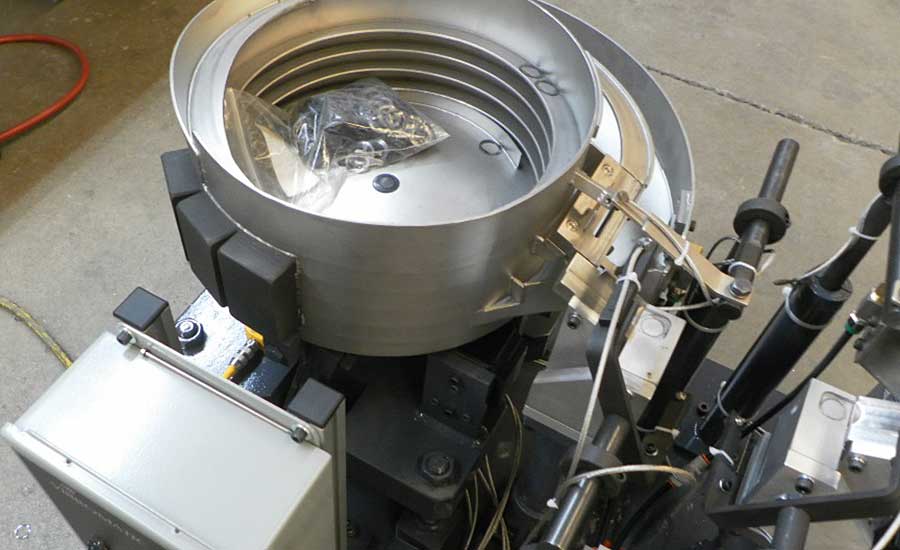Bowl Feeds Wave Washers Without Tangling






Wave washers, also known as wave springs or coiled wave springs, are used to absorb stress due to axial compressive loads, acting as a cushion. The waves of the wave washer provide three-, four- or six-point contact that results in greater load bearing capacity and a medium range of deflection. The height and material thickness determine the load function.
Wave washers are typically used in thrust loading applications for small deflections, particularly where radial space is limited. Wave washers can help offset tolerance deviations in the assembly process and reduce loosening due to vibration.
As useful as these fasteners are, they were creating a bottleneck for one Tier 1 automotive supplier. One of the company’s products required two different wave washers. Two assemblers were needed at one station to install the parts. This was costly and, even worse, often resulted in rejects.
To solve the problem, the manufacturer wanted to automate the process. However, due to their wavy design, these washers are not the easiest parts to feed in an automated assembly system. They tend to tangle and jam—a lesson the manufacturer learned the hard way. It had purchased a feeder that could not reliably deliver the parts without jamming. After several attempts to fix the problem, the feeder company threw in the towel. “The part cannot be fed,” the manufacturer’s engineers were told.
That’s when the company contacted Vibromatic Co. Inc. in Noblesville, IN, for help. Vibromatic’s engineering team worked very closely with the manufacturer to ensure the project would be successful. The goal was to have one of each washer ready for pickup on fairly close centerlines every 5 seconds.
The key to feeding wave washers is to avoid backing them up in a conventional inline track. Instead, a single washer is fed from the bowl and into a pocket nest so a robot can pick only one part as needed. Two opposing rotation bowls are mounted on a common plate so that the part nests are on the correct centers for pickup.
After a successful acceptance run off at Vibromatic, the manufacturer took delivery and installed the feeder system on the line. It has been running automatically in production for more than three years without issue.
After this positive experience, the manufacturer has since made Vibromatic its preferred vendor for parts handling equipment.
For more information on parts feeding equipment, call Vibromatic at 317-773-3885 or visit www.vibromatic.net.
Looking for a reprint of this article?
From high-res PDFs to custom plaques, order your copy today!









